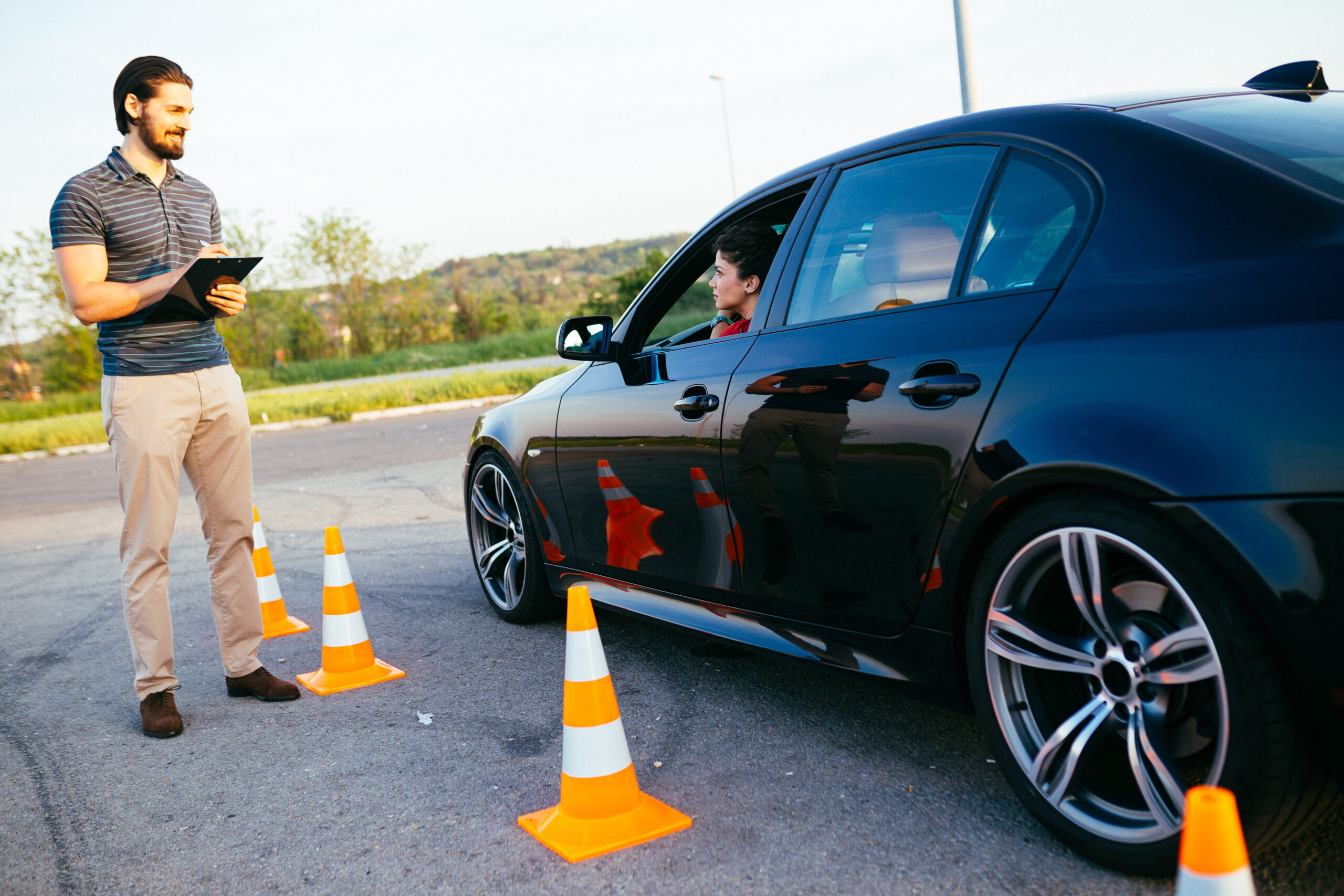Do Driving Simulators Help Prepare Young Drivers?

The rapid development of computer technology in recent years has allowed us to simulate and model various elements of life on our planets. These simulations can help us to understand situations we are yet to face, and can even help us to physically prepare ourselves. While simulators of all kinds are used around the world, the two most well-known are flying and driving simulators. At our driving school in Phoenix AZ we’ve had many parents ask us whether driving simulators, from arcade machines, to video games, to professional systems do anything–in other words, do driving simulators work? The answer to this is dependent on a number of conditions, and considering these is important in helping you prepare your son or daughter for the road.
Here is a look at whether driving simulators actually prepare young drivers.
Why Young Drivers Need More Preparation
Driver education is an integral part of living in our modern society, as most people will need to drive daily for at least some part of their life. Although it seems that traditional driver education hasn’t been sufficient, with many teens still making fatal mistakes behind the wheel each year. The presumed contributing factor to this is the lack of preparation for the various conditions which roads can be in throughout the year, as well as lack of crash preparation.
Different road conditions and defensive driving are both taught theoretically, but that doesn’t seem to provide our youth with the means to actually deal with them. While we encourage all our students who come through our driving school in Phoenix AZ to seek defensive driving courses, it seems they may also benefit from driving simulations.
Why Driving Simulators Work Better than Old Models
Thanks to the aforementioned quick development of technology in recent years, simulators can look and feel just as real as real life. Although it’s not the simulation itself which helps, as driving around a circuit may refine motor skills, it doesn’t prepare your youth for different road conditions or potential accidents.
The best use of driving simulators seems to be in simulating difficult road conditions and potential accidents. While these may be scary for a young driver, they will be able to try different driving techniques until they find out what works. The scariness of the simulation may also help in anchoring the memory, and can ensure they have some sort of strategy in those situations. It’s important to look at the different kinds of simulators out there to ensure you find the most effective one for your son or daughter.
Different Kinds of Simulators
There are three kinds of Driver-in-the-loop (DIL) simulators which are used today: Entertainment DIL, Human Factors DIL, and Vehicle Dynamics DIL.
Entertainment DIL
The most common and recognizable form of driving simulator, entertainment DIL’s can range from basic gaming setups to commercial grade installations used in amusement parks and events. These systems are usually graphics-focused, with the commercial grade systems utilizing a mockup vehicle cockpit as well as motion and audio systems to enhance realism. Entertainment DIL systems don’t typically connect to sophisticated vehicle simulator tools, making them unsuitable for automotive engineer purposes.
Although these systems are often endorsed by professional drivers as a useful tool for learning and practicing driving patterns. If your child doesn’t have any experience with driving whatsoever, an Entertainment DIL system is a great place to start.
Human Factor DIL
As the name suggests, these driving simulators are focused on the human element of driving, and utilize technology which closely emulates driving in the real world. Human Factor DILs are often used to measure the physiological responses and behaviors of human drivers. This makes them an incredibly valuable tool for learning and practicing driving, as it helps the driver understand how their actions and behavior affect their driving. These systems are also much better for emulating different road conditions and potential accidents, due to their complexity when compared with the typical Entertainment DIL.
Due to the intricate nuances that these systems use, they are generally quite expensive to run, and therefore can be expensive to use. We recommend plenty of practice in an Entertainment DIL before allowing them to try a Human Factor DIL.
Vehicle Factor DIL
These are the most recent simulators in the world of DILs, and are used to gauge various aspects of a car, rather than the driver. While these can be as accurate as a Human Factor DIL, they have little to no relevance to practicing driving and are best left to the factories.
Do Driving Simulators Work? Kind of…
At the heart of it, Legacy Driving Academy is an educational institution that teaches new drivers how to traverse the roads safely. As educators, we’re always looking at what tools and techniques are conducive to producing the best outcomes. As such, this article is an interesting dive into how simulation technology can help mentally prepare students for situations on the road. However…
Putting your kid in various simulators will only get them so far, we are a far ways away from not requiring the human touch, or face to face interaction. At the end of the day, a structured program with a qualified driving school is still the best way to teach new drivers good habits and help them get their drivers license. Get in touch with us about our driving school in Phoenix AZ to hear about our packages and see how we can help you or your teenager.
